Coded Vessels/Pressure Vessels
Pressure Vessels

Pressure vessels come in various types, each designed to serve specific purposes and accommodate different applications.
Here are some common types of pressure vessels:
Cylindrical Pressure Vessels: These are the most common type of pressure vessels and have a cylindrical shape. They are used for a wide range of applications, including storing gases and liquids under pressure. Cylindrical vessels are relatively simple in design and are used in industries such as oil and gas, chemical processing, and pharmaceuticals.
Spherical Pressure Vessels: Spherical vessels have a rounded shape, which allows for even distribution of stress. They are often used for high-pressure applications and are known for their strength and efficiency in withstanding high internal pressures. Examples include storage tanks for compressed gases.
Ellipsoidal Pressure Vessels: These vessels have an ellipsoidal shape and are often used when space constraints are a consideration. The ellipsoidal shape allows for efficient use of space and is commonly seen in pressure vessels used in industrial processes.
Reactors: Reactors are a specialized type of pressure vessel used for chemical reactions. They are designed to handle not only high pressures but also the specific conditions required for chemical reactions, such as temperature and agitation. Reactors are used extensively in the chemical and pharmaceutical industries.
Boilers: Boilers are pressure vessels designed to produce steam for power generation or heating purposes. They are critical components in power plants and industrial facilities. Boiler designs can vary, including fire-tube boilers and water-tube boilers.
Heat Exchangers: Heat exchangers are pressure vessels used to transfer heat from one fluid to another. They are essential in various industries, including HVAC systems, refrigeration, and chemical processing. Heat exchangers can have different designs, including shell and tube, plate, and finned-tube heat exchangers.
Distillation Columns: Distillation columns, also known as distillation towers, are pressure vessels used in the petrochemical and chemical industries to separate mixtures of liquids based on their boiling points. They consist of a vertical column filled with trays or packing materials.
Storage Tanks: Storage tanks are large pressure vessels used for the storage of liquids or gases. They are commonly found in the oil and gas industry for storing crude oil, refined products, and natural gas. Storage tank designs can vary depending on the substance being stored.
Nuclear Reactors: Nuclear reactors are specialized pressure vessels designed to control nuclear reactions for power generation. They have stringent safety and containment requirements.
These are just some of the common types of pressure vessels, and there are many variations and specialized designs depending on the specific application and industry requirements. Each type of pressure vessel is designed to safely contain and manage fluids or gases under various pressure and temperature conditions.


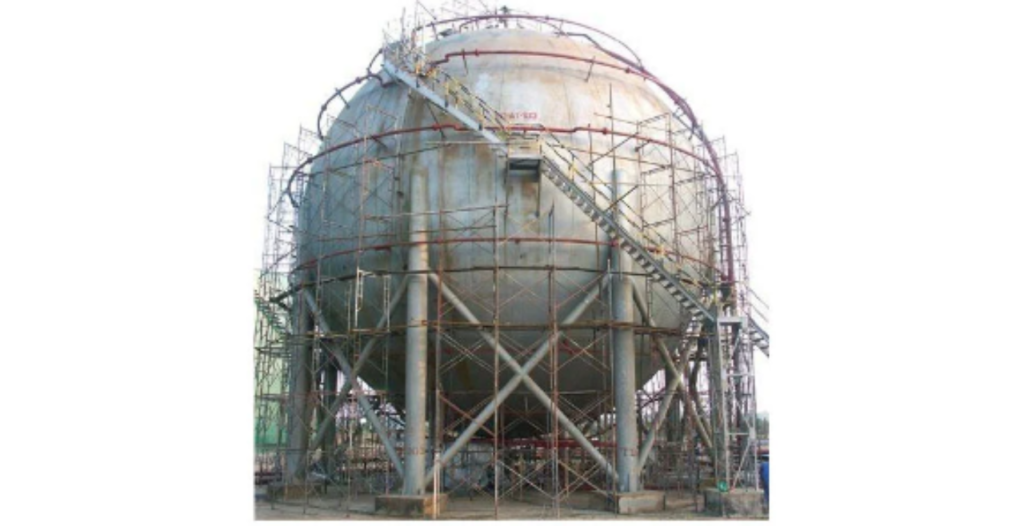
Working Principles: Pressure vessels are containers designed to hold fluids, either gases or liquids, at pressures significantly different from the ambient pressure. They play a crucial role in various industries by safely containing and managing pressurized substances. The working principles of pressure vessels involve the following key aspects:
Design: Pressure vessels are engineered with specific designs, materials, and thicknesses to withstand the internal pressure of the stored substance. The design considers factors such as the maximum operating pressure, temperature, and the nature of the contents.
Pressure Containment: The primary function of a pressure vessel is to safely contain the pressurized substance. They are constructed to prevent leakage or rupture, even under the maximum pressure they are expected to encounter during operation.
Sealing: Pressure vessels have seals and closures to ensure the integrity of the containment. These seals can include gaskets, bolts, and welding, depending on the vessel’s design.
Reinforcements: Depending on the application and design, pressure vessels may include reinforcements such as stiffeners, rings, or ribs to enhance structural stability and safety.

Advantages:
Safety: Pressure vessels are designed and manufactured to strict safety standards, reducing the risk of accidents related to the release of pressurized substances.
Versatility: They are versatile and used in various industries, including chemical processing, oil and gas, pharmaceuticals, and power generation.
Efficiency: Pressure vessels allow for efficient storage and transportation of compressed gases and liquids, making them essential for many industrial processes.
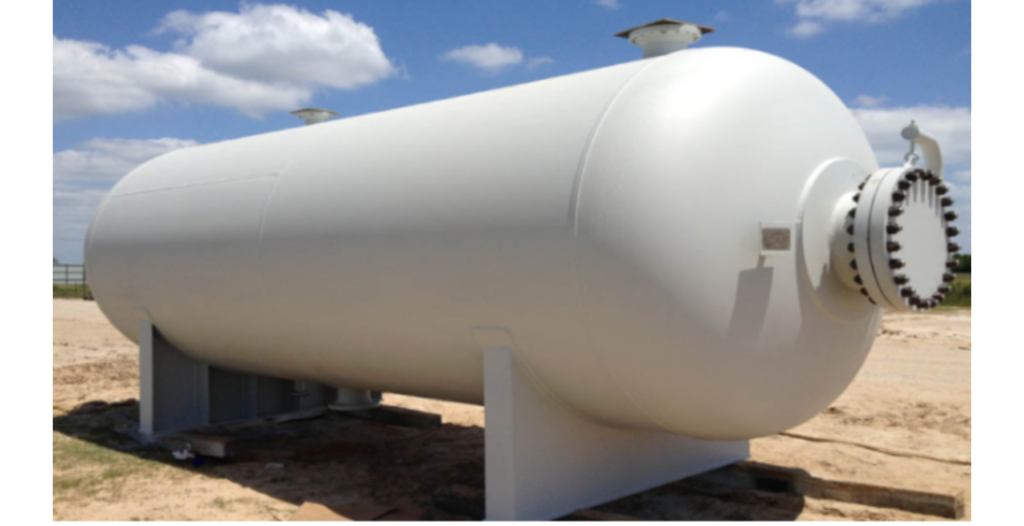
Disadvantages:
Maintenance: Pressure vessels require regular inspection and maintenance to ensure they remain safe and leak-free. Neglecting maintenance can lead to dangerous situations.
Cost: The design, fabrication, and inspection of pressure vessels can be costly, especially for high-pressure or specialized applications.
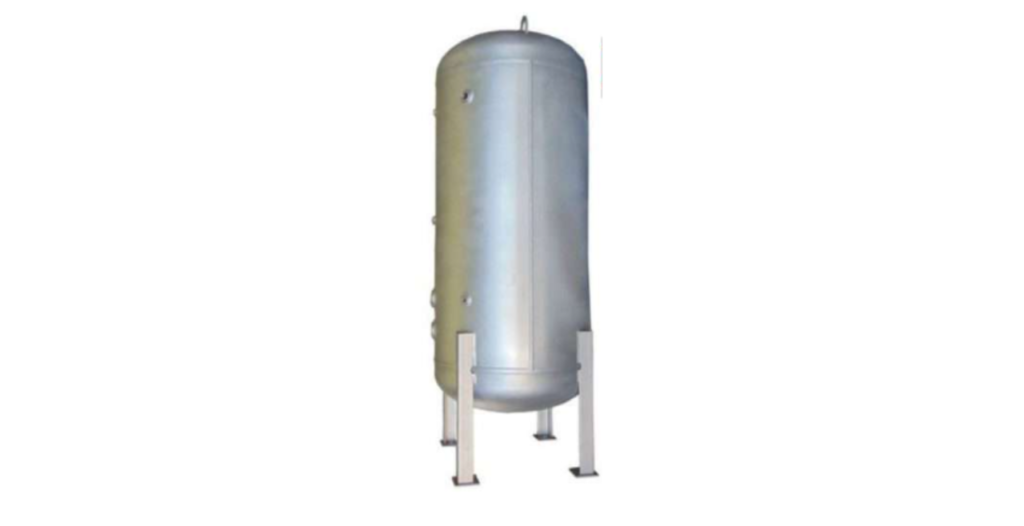
Applications: Pressure vessels find applications in a wide range of industries, including but not limited to:
Chemical Industry: For chemical storage, mixing, and reaction vessels.
Oil and Gas: In pipelines, storage tanks, and offshore drilling platforms.
Power Generation: In boilers, steam generators, and nuclear reactors.
Pharmaceuticals: For the production of pharmaceuticals and biopharmaceuticals.
Food and Beverage: In food processing and beverage production, such as pasteurization.
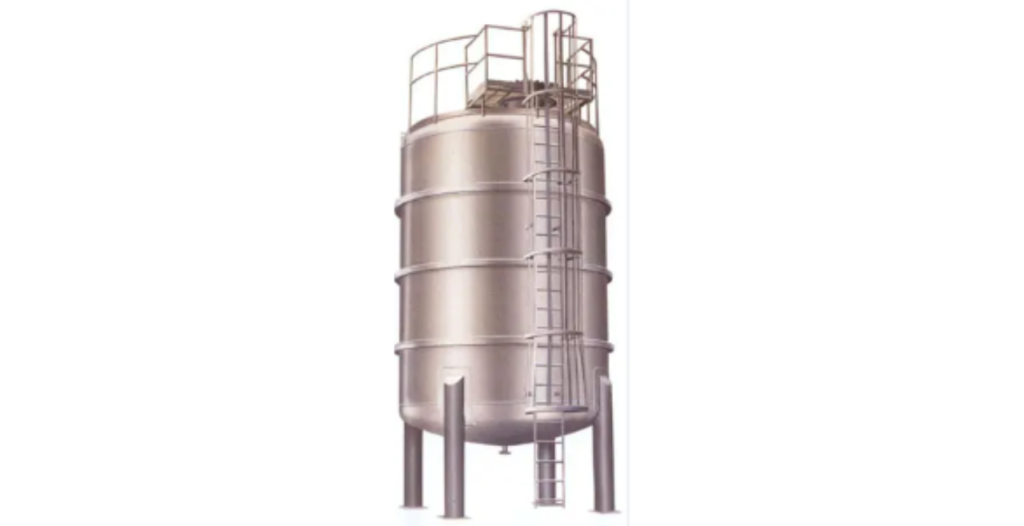
Pressure vessels Standard:
ASME Boiler and Pressure Vessel Code (ASME BPVC): This is one of the most widely recognized and adopted codes for pressure vessels. It’s published by the American Society of Mechanical Engineers (ASME) and is divided into different sections, each addressing specific types of pressure vessels, materials, and construction methods. Common sections include Section VIII for unfired pressure vessels and Section I for power boilers.
European Pressure Equipment Directive (PED): The PED is a European Union directive that establishes requirements for the design and manufacturing of pressure equipment, including pressure vessels, within the European Economic Area (EEA). It includes specific modules for conformity assessment.
National Board Inspection Code (NBIC): The NBIC is used in the United States for the inspection and repair of boilers and pressure vessels. It provides guidelines for inspection, repairs, and alterations and is often adopted by state and local jurisdictions.
ISO 13445: This international standard specifies the requirements for the design, fabrication, inspection, testing, and documentation of pressure vessels made of carbon steel, stainless steel, and nickel alloys. It is used in various countries and regions globally.
API 510: The American Petroleum Institute (API) publishes this standard, which covers the inspection, repair, alteration, and rerating procedures for pressure vessels used in the petroleum and chemical industries.
BS EN 13445: This is the British Standard for pressure vessels and covers design, fabrication, inspection, and testing requirements. It’s widely used in Europe and adheres to the PED.
GB 150: This is a Chinese standard for pressure vessels. It outlines design, manufacturing, and testing requirements for various types of pressure vessels.
JIS B 8243: This is a Japanese Industrial Standard for pressure vessels. It provides guidelines for the design and construction of pressure vessels used in Japan.
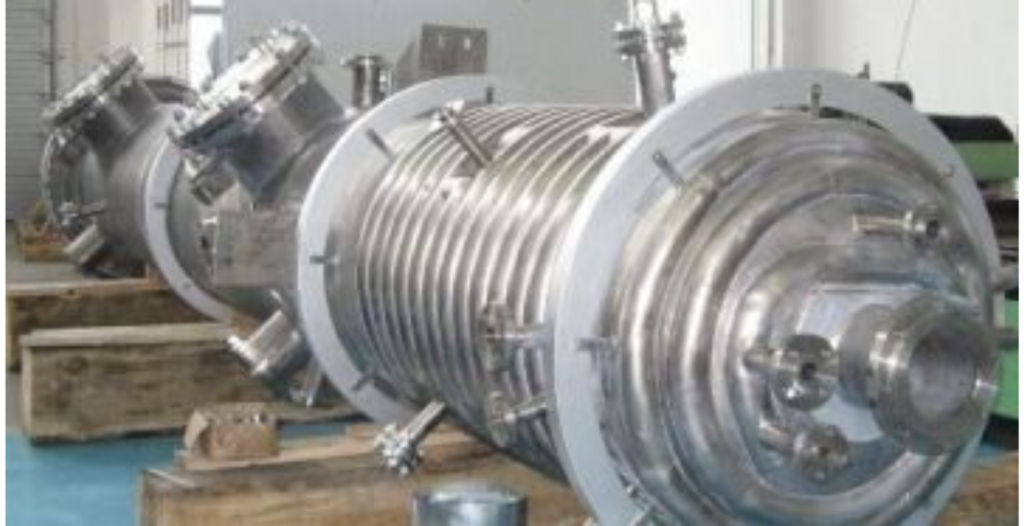

Summary: Pressure vessels are integral components in various industries, designed to safely store, process, or transport fluids at pressures different from ambient conditions.
They are constructed with strict adherence to safety standards and require regular maintenance to ensure continued integrity.
Pressure vessels offer advantages such as safety, versatility, and efficiency, but their design and inspection can be costly.
Their importance in numerous applications makes them essential elements of modern industrial processes.


 Sales & Marketing:
Sales & Marketing:  Service Supports:
Service Supports:  Website:
Website: 